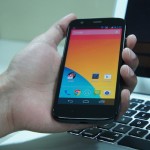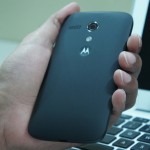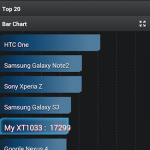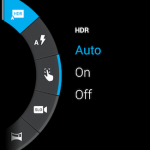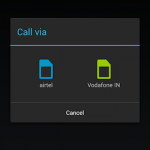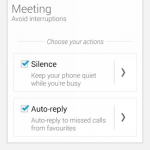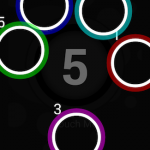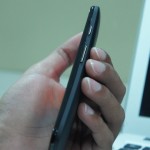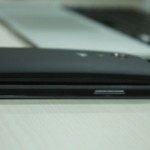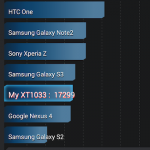Five years ago, launching a decent streaming platform took millions. Now? A teenager with a laptop can build something that reaches millions. That shift…
Motorola Moto G review: high on performance, low on price


When Puneet Soni (VP, Product Management at Motorola Mobility) revealed the Moto G to a bunch of geeky reporters, he constantly asserted that flagship features on a smartphone doesn’t need a flagship price. With Google guiding the path, Motorola has learnt a lot. Motorola is trying to move away from the specifications race and trying to do what Apple does the best, binding hardware and software beautifully. Motorola has proven that an entry-level Android smartphone doesn’t need to skimp on features, quality or usability. The Moto G, comes with great ergonomics, the latest software and long battery life. Moreover, it also includes dual SIM compatibility which is necessary to succeed in emerging markets like India, Brazil and China.
https://www.youtube.com/watch?v=lTJP5wC2FZU
Design & Build Quality
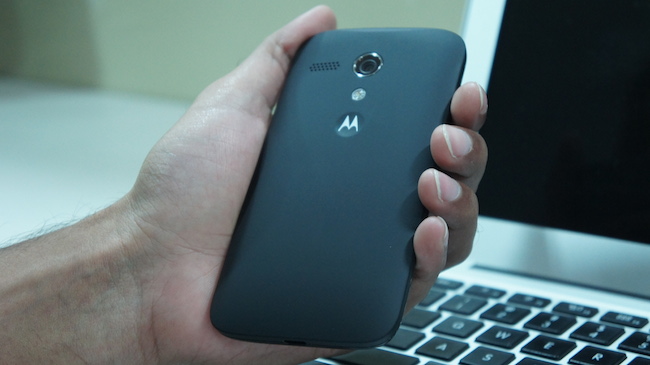
The Motorola Moto G is completely inspired by Moto X in terms of design. Its design is understated yet looks much better than any other device in its price range. Although the device isn’t as skinny as some of the other devices these days, it feels very comfortable to hold. Its removable back is made up of plastic and has a nice matt finish to it.
It features the same curved back and a small dimple on the rear where you can rest your finger while holding it with one hand. Unlike competitors in its price range, Motorola has decided to make the device compact so that it can be operated single-handedly.
The volume rockers and power/lock buttons are made up of plastic and have just the right amount of travel. You can find dual SIM card slots and strangely, a non-removable battery under the removable back. The device is available in seven different colour choices so people can buy back covers of their choice and make the device their own. Being water-repellent is like icing on the cake.
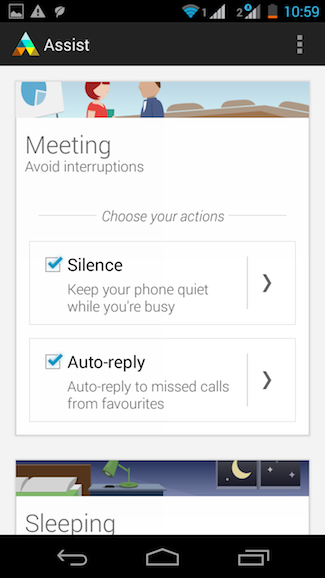
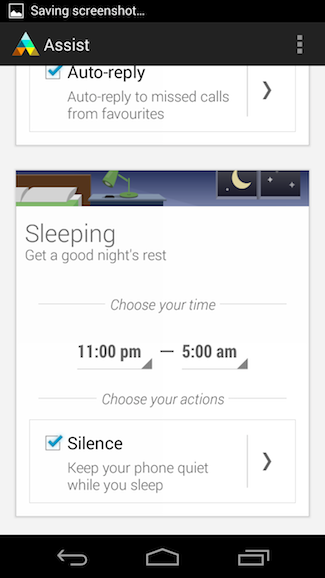
Display & Audio Quality
The 4.3-inch 5-point capacitive multi-touch display has a resolution of 1280×720 pixels making it the sharpest (326ppi) in its price range. The screen is not only sharp, it has great viewing angles as well, thanks to the IPS LCD panel. The screen performs much better than the 4.7-inch IPS LCD used in the Nexus 4.
This confirms that not all IPS LCD units are born the same. Blacks are comparatively deeper and there’s more contrast. The screen brightness is decent even in direct sunlight and the content displayed on the screen can be recognised without much effort, thanks to low reflectivity.
Also, the surface of the screen feels very smooth due to the Gorilla Glass 3. I am sure that there’s no other smartphone in this price range that comes with Gorilla Glass 3 for screen protection. Overall, it’s a great screen even if the price isn’t factored in.


Even though it lacks stereo speakers and dedicated amplifiers, the loudspeaker used in the Moto G is quite loud. It might be the loudest that I’ve heard, “louder” than even the HTC One. The audio through headphones was great as well. The call quality was strong and clear (thanks to dual microphone setup for noise cancellation). I didn’t notice any “death grip” issues with Wi-Fi or cellular signals. In fact, the device could get hold of cellular signal in some parts of my apartment where most other phones (including my Nexus 4) couldn’t.
Camera Performance
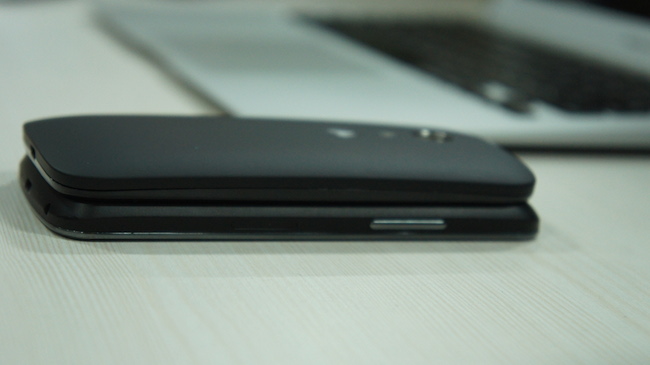
The 5MP camera has all the basic features that one would look out for when buying a lower mid-range smartphone. It has autofocus lens, single LED flash and 720p video recording ability. Sadly, full HD 1080p videos are out of the Moto G’s reach. Motorola has its own custom camera app named “Motorola Camera” which is available from the Google Play Store and can be updated from time to time without the need of a complete firmware upgrade. The camera interface is quite minimal, mostly depending upon swipes; swipe from the left to display options, swipe from the right to display camera roll and swipe from bottom to control digital zoom.
The UI is relatively easier to use when compared to Nexus camera UI. There are Panorama, HDR image and slow-motion video (720p) modes. Image capture happens through tapping the screen once while burst shots can be captured through tap-and-hold. Although accessing the settings is easier, there are very limited options and you won’t find even the normal settings such as ISO, Exposure, etc. The device completely relies on auto mode. There is no “tap-to-focus” which you would find in most of the Android smartphones but there is an alternate “focus & exposure lock” ring which can be moved around throughout the viewfinder.
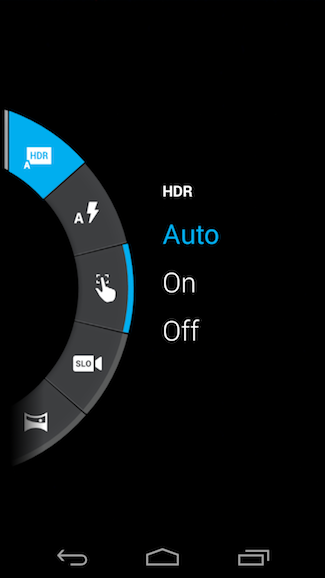
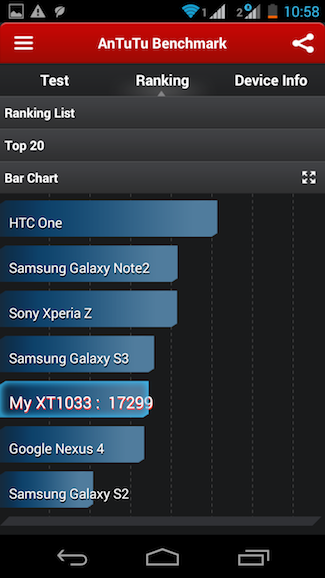

Sony Dsc

Sony Dsc

Benchmark 2

Sony Dsc
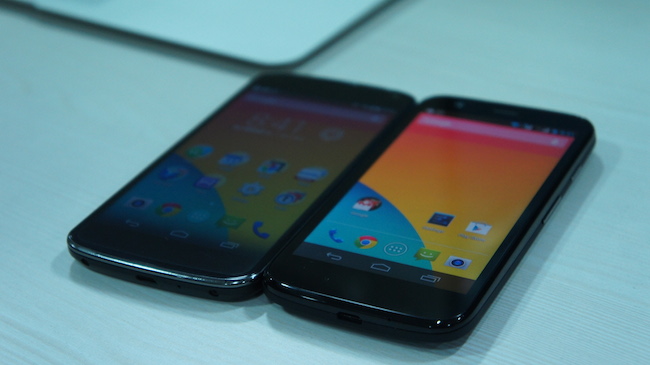
Close Up Test
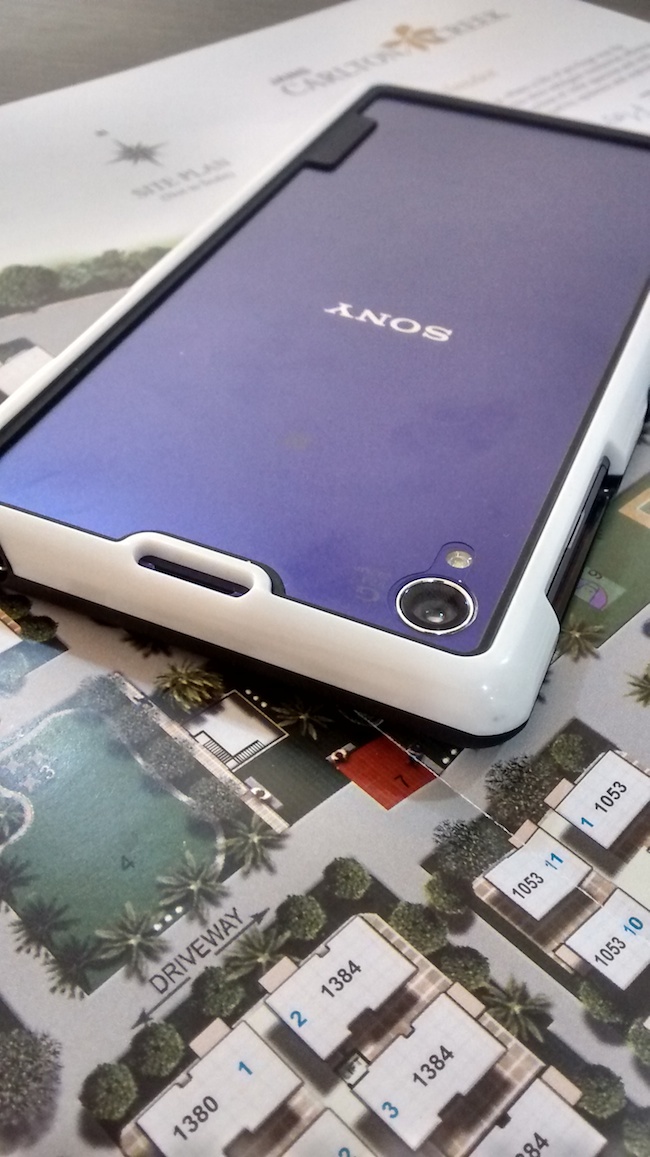
Detail Heavy

Modern Ruins

Pano Shot

Screen A1

Screen B1

Screen B2

Screen C1

Screen C2

Screen D1
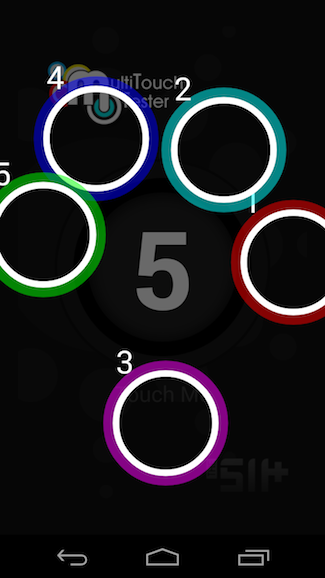
Screen D2
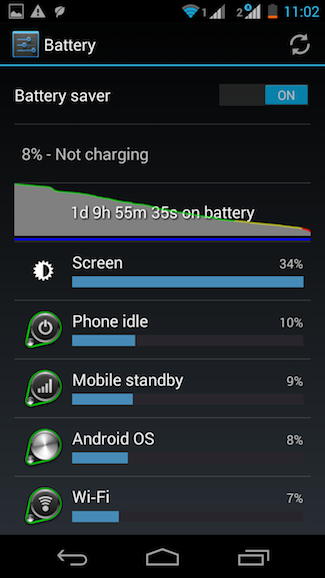
Shot 4
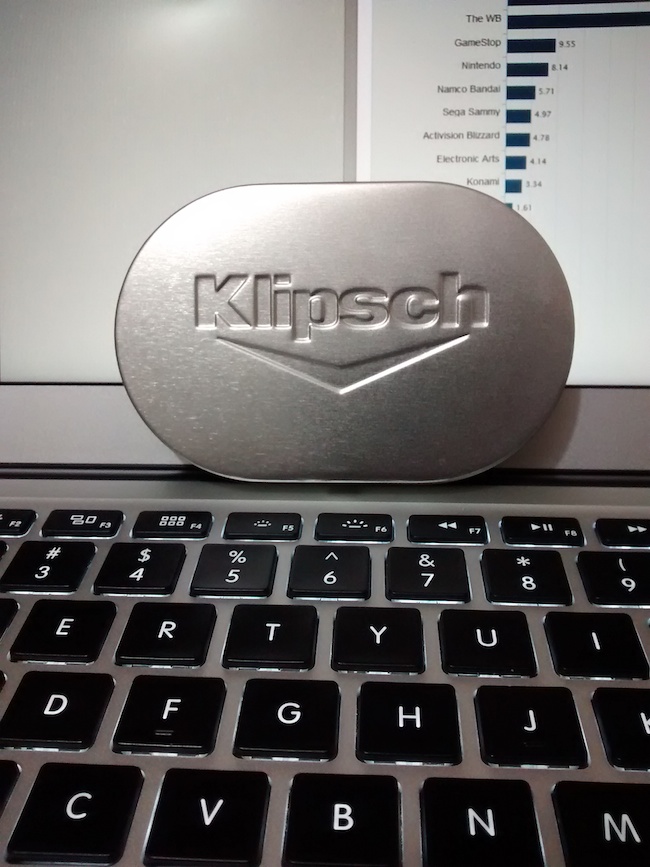
Bright And Sunny Day

Sony Dsc

Sony Dsc

Benchmarked A
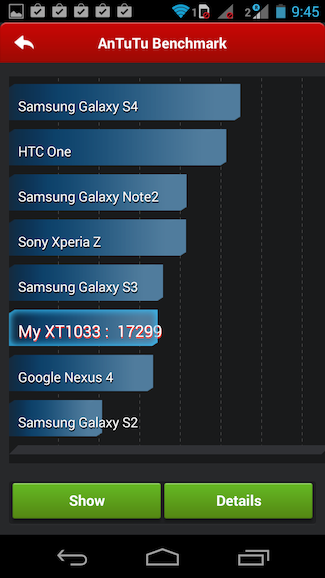

Internal Hardware & Processing Performance
Flaunting a 1.2GHz quad-core Qualcomm Snapdragon 400 processor and 1GB RAM, the Moto G would appear similar to any other Android smartphone in its price range, but it isn’t. Spending two years under Google’s roof, Motorola has perfected the art of software optimisation. More on that later though. Let’s talk about processing guts. The Qualcomm Snapdragon 400 contains ARM Cortex A7 CPU cores instead of their own Krait ones. Also in the works is a decently powerful Adreno 305 GPU which is almost as fast as the Adreno 225 used in devices such as Lumia 1020, HTC One X LTE and Samsung Galaxy S3 LTE.
It scored 17 299 in AnTuTu benchmark which is surprisingly higher than Nexus 4 and dangerously close to Galaxy S3. But it can’t match the gaming performance of Nexus 4, which can process twice the amount of frames in GLBenchmark 2.5 Egypt (1080p). In daily usage, there won’t be a noticeable difference between Nexus 4 and the Moto G other than high-end gaming performance. The multitasking performance would be even better with the upcoming software update as Android KitKat has better RAM management. The Moto G comes in two storage variants: 8GB or 16GB. It lacks a microSD card slot though.
Operating System & UI
The Moto G (Dual SIM) comes with Android 4.3 Jelly Bean out of the box but the Android 4.4 KitKat update is rolling out right now. The single SIM version of Moto G has already received the Android 4.4 KitKat update. The UI is completely stock with some really great additions such as battery saver mode. There’s also Motorola Assist which gives you features such as Sleeping Mode and Meeting Mode. The Sleeping Mode, understandably, silences all the notifications for a set period of time (configurable). The Meeting Mode integrates with the calendar so it knows when you are in a meeting and turns your device into vibrate/silent mode (configurable). Motorola Migrate is very useful in migrating data such as call logs, texts, contacts, images, videos, music as well as volume and brightness settings from your old smartphone to Moto G.
There is a dedicated section where you can do all the dual SIM settings and configurations. SIM usage priority can be set for internet, texts and calls respectively. The dialler currently lacks smart dialling but KitKat update should solve that quirk as well. Motorola is providing 50GB of Google Drive cloud storage (for two years) free with the Moto G and which is a great value addition in itself. But the biggest value addition would be Motorola’s promise of “guaranteed software updates” which is only available for flagship devices from competitors.
Connectivity & Battery Life

There is Wi-Fi b/g/n, Bluetooth v4.0 (Low Energy), A-GPS and microUSB v2.0. USB On-The-Go functionality enables flash drives to be connected for data transfer. FM Radio is present. There’s no NFC and Motorola has also failed to acquire the Miracast certification for the Moto G so screen mirroring isn’t possible. It might be because of the modest GPU but the Sony Xperia M has that in spite of same GPU and only a dual-core CPU which puzzles me a slight. The 2070mAh battery lasts really long. Even with all the three email accounts on sync, four IM clients installed, images set to auto backup to Dropbox and Google Drive, and “screen on time” of three hours, I managed to get nearly a day and a half of battery life. I suspect that Moto G can survive over two days on a single charge with people who are not as harsh towards smartphone usage as I am.


Verdict:
The Motorola Moto G price is around US$200 (INR 12 499) in India for the 8GB version while the 16GB variant costs US$225 (INR 13 999). No wonder it sold out within 24 hours after its official availability. After a couple of years of market slump, Motorola is back with a bang. The Moto G is nothing short of a market disrupting device. It’s not only the best mid-range Android smartphone, it is the best smartphone available right now under US$400, at least in India. It offers great ergonomics, good performance and long battery life. Folks who need dual SIM facility, would definitely prefer the Moto G over any other smartphone right now. The Moto G has won over everyone’s heart and competitors need to take a deep, long look at their mid-range offering strategies.
Score: 9.5/10

